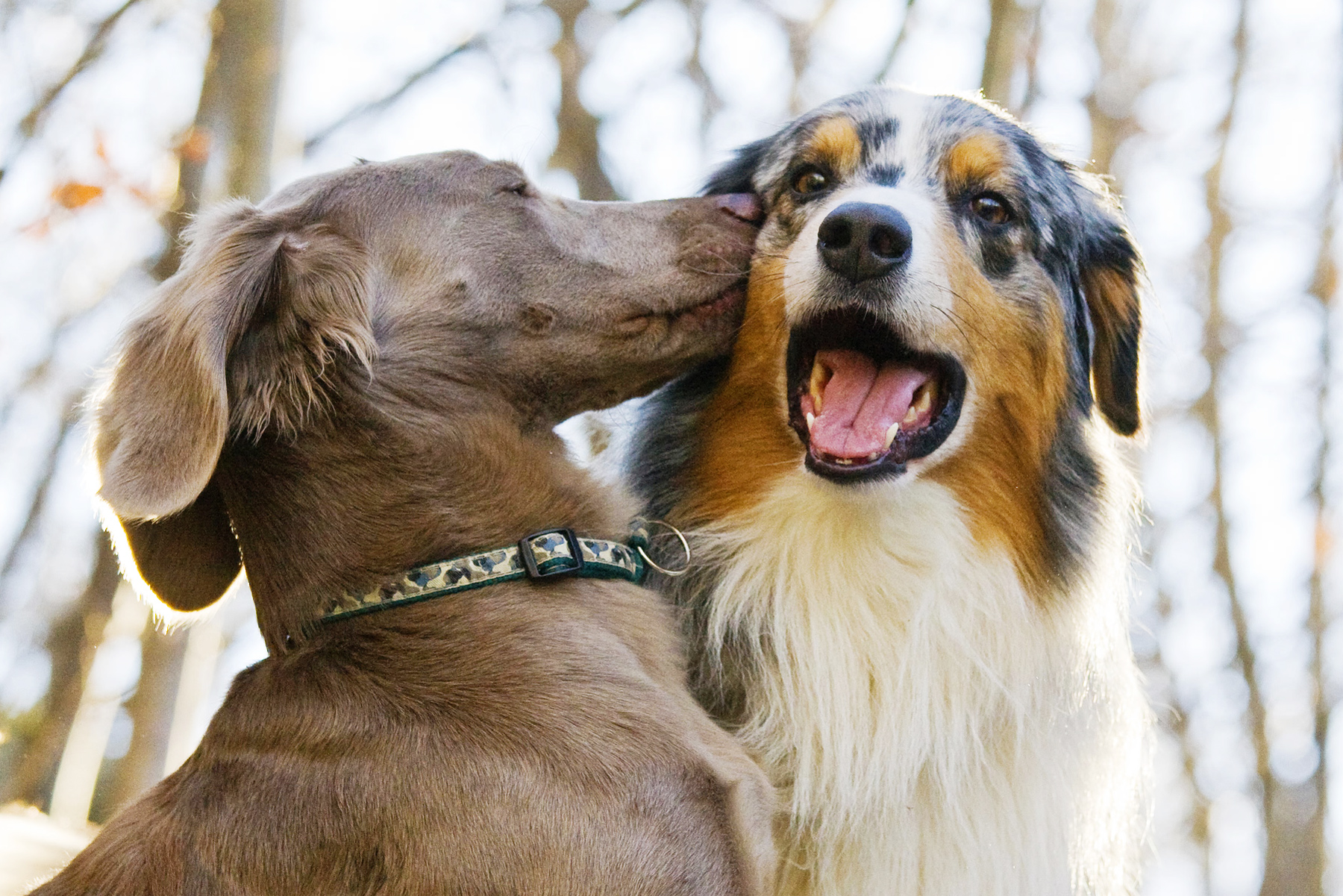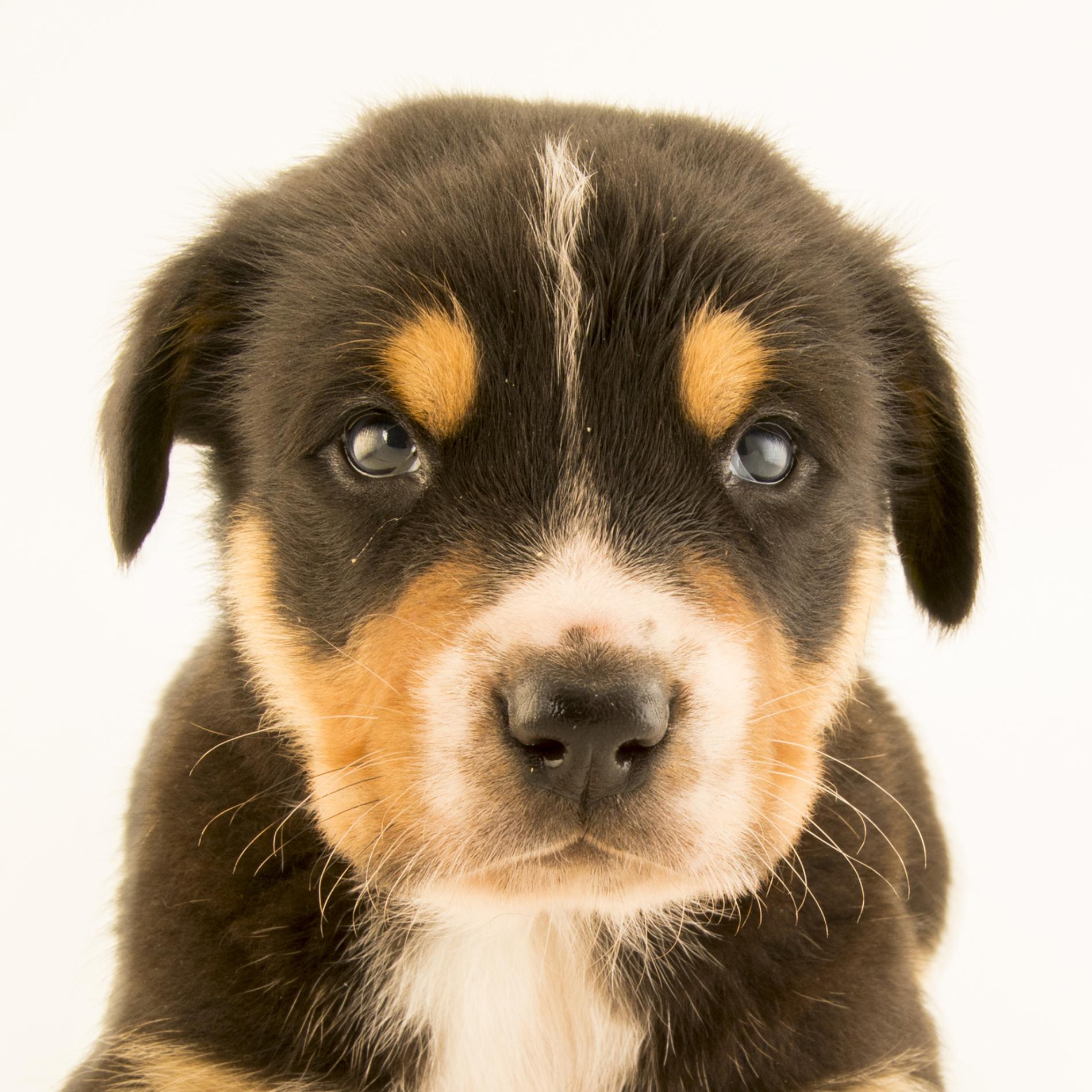Brachycephaly in dogs is a special structure of the cranium, in which animals have a shortened and flattened muzzle. Such pets are very cute and touching in appearance, which is why they have so many fans. Pugs, Pekingese, Shih Tzu, Japanese Chins, Boston Terriers, Brussels Griffons, German Boxers, French and English Bulldogs are popular brachycephalic breeds. However, these short-headed beauties, unfortunately, have serious health problems.
Brachycephalic problems
Brachycephalic syndrome
The first and most serious problem faced by dogs with a wide head and short muzzle is a brachycephalic syndrome. The website [1] of the Veterinary Medical Association (HSVMA) indicates that about 22% of four-legged brachycephaly suffer from this syndrome. The essence of this pathology lies in breathing disorders, and its reasons are usually as follows: 
- The thickened and elongated soft palate is a fold of the mucous membrane that separates the oral cavity from the pharynx. In some brachycephalic, this only leads to snoring and snorting, while others begin to breathe heavily after exercise. But in the most serious cases, brachycephalic syndrome causes the animal to be unable to breathe fully even at rest;
- Nostril stenosis – abnormally narrowed nasal passages. Dogs with narrow nostrils cannot fully breathe through the nose, therefore, both during wakefulness and in sleep, they breathe through the mouth;
- Deformations of the larynx and trachea – organs of the airways (collapse of the trachea and larynx, everted laryngeal sacs, etc.). Such problems negatively affect the breathing of brachycephalic dogs and can also be dangerous to the heart.
How to tell if an animal has brachycephalic syndrome? The main signs of the disease are as follows:
- The dog snores heavily while sleeping;
- During sleep, brachycephalic dogs may even stop breathing (apnea);
- The animal has shortness of breath even after minimal physical exertion (and sometimes at rest);
- Noisy, rapid breathing with whistling and wheezing;
- The animal breathes with its mouth open and its tongue sticking out;
- Cough with foam;
- Vomiting is possible;
- The mucous membranes are pale or bluish;
- Restless behavior.
What should the owner do if they notice the above symptoms in their brachycephalic dog? Of course, you need to show the animal to the veterinarian as soon as possible. There is no way to help the dog on your own since in all cases the treatment for brachycephalic syndrome is extremely prompt.
Thermoregulation problems
Alas, respiratory problems are not the only problem with brachycephalic dogs. Due to the abnormal structure of the skull bones, they are prone to overheating even in not very hot weather. Experts from the American Kennel Club warn that the pet should be cooled as soon as possible (for example, by spraying with water and taken to a cool room), and then taken to the clinic if there are such alarming symptoms of overheating:
- Frequent noisy breathing;
- Rapid pulse;
- The bright red tint of mucous membranes;
- Dry tongue and gums;
- Weakness or severe anxiety;
- Diarrhea (there may be blood in the stool);
- Vomiting is possible.
Dental problems
Brachycephalic jaws are too short, which often leads to dental problems in the form of tartar deposits, tooth loss, the development of caries, gingivitis, periodontitis, and periodontal disease. The owner should closely monitor the condition of the dog’s teeth and gums. The animal should be immediately shown to a veterinary dentist if it has unpleasant symptoms such as bad breath, bleeding gums, loose teeth, discoloration of tooth enamel, refusal of solid food.
Eye problems
One of the hallmarks of brachycephalic dogs is their huge bulging eyes, which are very easily injured. In addition, some pets with a short muzzle do not completely close their eyes during sleep, which can lead to corneal ulcers – an extremely unpleasant ailment that at best leads to severe eye pains, at worst – to blindness. It’s time to show the dog to the veterinarian-ophthalmologist in the presence of such symptoms: the occurrence of ulceration on the cornea, swelling of the eyelids, reddening of the conjunctiva, severe lacrimation, photophobia, pain, and itching in the eyes (the animal constantly rubs its eyes with its paw).
Inflammation of the skin folds
On the face of brachycephalic dogs, there are many folds in which food particles, dust, and dangerous microorganisms accumulate. We can say that skin folds in the absence of good care can become a breeding ground for fungi and bacteria.
Allergy
Dogs with flattened faces are more prone to allergies than others, manifested in the form of itching and rashes, difficulty breathing, runny nose, watery eyes, sneezing, and a painful dry cough. In this case, the cause of allergies in brachycephalics can be anything: any feed ingredients, shampoo components, medicines, dust, for example.
Caring for a brachycephalic dog
Well, there are a lot of problems with brachycephalic dogs! In no case should you refuse to buy a pet with a short muzzle, but you need to remember that caring for a dog with an unusual skull structure should be special: 
- An animal with a confirmed brachycephalic syndrome is best spayed or castrated so that the disease is not transmitted from generation to generation. In good breeding nurseries, dogs with this pathology, by the way, are not allowed to breed;
- It is advisable that the birth of a female brachycephalic breed takes place under the supervision of a doctor. The specialist will be able to assist the animal with possible problems with the breathing process (there is a possibility that a cesarean section may be required);
- At the slightest suspicion that the dog is having difficulty breathing (for example, when snoring increases at night or when there is excruciating shortness of breath), it should be shown to the doctor as soon as possible. In general, the owner of a brachycephalic dog should always have a reliable veterinarian’s phone number at hand. It is desirable to have the opportunity to communicate with the doctor both during the day and at night;
- You should consult with your veterinarian what products you can choose for regular eye and dog skincare (for these purposes, by the way, a regular strained and cooled chamomile decoction is suitable);
- Stress negatively affects the dog’s respiratory system. It is necessary to try to ensure that the animal experiences emotional upheavals as rarely as possible;
- Grueling workouts are not for brachycephalics. They need a sparing regime. Elderly dogs should be treated with particular care;
- Being overweight is very dangerous for brachycephalics with breathing problems. Overfeeding such dogs is unacceptable. If the bodyweight of the animal is overweight, you should consult with your veterinarian about the appointment of a diet for a well-fed dog;
- Brachycephalics should not be taken out for a walk during the hottest hours. It is best to walk your dog early in the morning and in the evening before sunset. If there is an urgent need to take the pet out during the day, the duration of the walk should be reduced to 10-15 minutes, choosing shady sections of the path for the promenade;
- If during the walk the dog began to breathe heavily, if possible, it should be picked up and head home as soon as possible. Of course, if the size of the animal allows it. If the pet does not feel better at home, you will need to call a doctor at home or go to the clinic;
- In hot weather, the dog can not be taken outside, but you can play with the animal at home. Let the dog perform simple commands, for example, bring a ball to the owner;
- Going for a walk with a brachycephalic dog, you need to take a bottle of cool clean water with you in order to periodically give the animal a drink;
- During the walk, you should not forcefully pull and pull the dog by the leash;
- It is highly advisable to replace the tight collar that makes breathing difficult with a loose harness;
- Under no circumstances should you forget your dog in the car during the warm season (this rule is important for owners of all dog breeds!);
- The house where the brachycephalic dog lives should not be excessively hot. It makes sense to install an air conditioner to keep it cool. And the animal’s bed must be positioned so that the sun’s rays do not fall on it.
